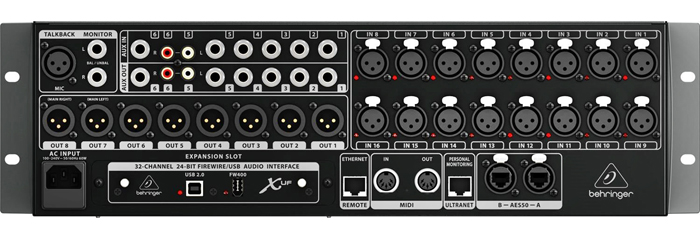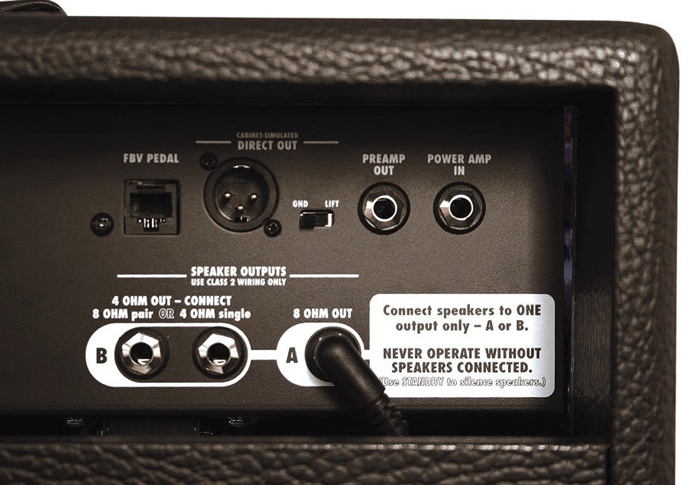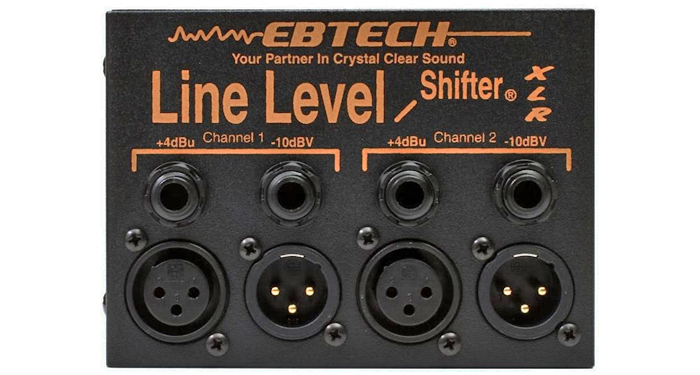More than just the right types of connectors and/or adapters are required to interconnect various pieces of audio gear: input and output voltage levels must be properly matched.
So it’s important to understand what voltage level each piece of equipment needs in order to function properly. Getting it wrong can result in things like an increased noise floor, signal clipping, and even electrical damage to console preamps.
Let’s do a quick study of the typical voltages found in standard audio connections and then go over how to convert from one signal level to another. But first, we need to get the pesky decibel stuff out of the way.
In the audio world, 0 dBu is the standard reference level to compare everything else to. This was defined by Bell Laboratories back in the 1930s for the original telephone system. Bell Labs used the reference of 0 dBm to represent 1 milliwatt, and the voltage level needed to provide 1 milliwatt of power across a 600-ohm load just happens to work out to 0.775 volts.
But since we’re not driving 600-ohm loads with modern sound systems, we just use the “unloaded” voltage reference and call it 0 dBu (with the “u” meaning “unloaded”). The math can be checked pretty easily since volts squared divided by resistance (or impedance in a reactive circuit) is equal to watts. So (.775 volts x .775 volts) / 600 ohms = .001 watts (which is 1 milliwatt).
Again, in the audio world, +4 dBu is typically used as a console output reference for driving power amplifiers and other equipment, plus decibels work really cool in that they’re just added together. So a +4 dBu signal is 4 decibels hotter than 0 dBu, and +4 dBu works out to 1.23 volts rms, which means that a console is outputting 1.23 volts rms when the meter is hitting +4 dBu, or 0.775 volts rms when the meter is actually showing 0 dBu. Also note that the dBV standard is often confused with the dBu standard. It uses 0 dBV = 1 volt as a reference.
Some of the other dB levels found in a typical sound system, along with the approximate voltages that go with them, include:
— Mic level XLR: – 50 dBu, ~ 1/500 volt (0.002 volts)
— Consumer RCA: – 10 dBV, ~ 1/3 volt (0.36 volts)
— Line level XLR: + 4 dBu, ~ 1.23 volts
— Speaker level: + 30 to +60 dBu, ~ 25 to 60 volts
By the way, if you want to run your own numbers, there’s a nifty online dB-to-volts calculator at sengpielaudio.com.
Making Connections
Now let’s define connectors and the voltages normally associated with them. First up, the ever-popular XLR connector, found on every console and professional microphone (with the possible exception of a few AES/EBU digital mics). Note that there are male and female versions of the XLR, with the pins pointing in the direction of signal flow.
In Figure 1, the one on the left with the pins going in is the “input” while the one on the right with the pins pointing out is the “output” (at least in audio). The lighting/DMX world is backwards of this, but don’t blame me – we’re talking audio here.

What’s not so obvious, perhaps, is that depending on where an XLR is located in a console, it’s either a line level output with +4 dBu level (1.23 volts) or a mic level input expecting something around -50 dBu level (0.002 volts).
Take a look at the back panel of a Behringer X32 rack mixer (Figure 2) for the plethora of connectors, and while you’re at it, note the other decidedly non-analog signals such as the AES/EBU output and the AES50 ports. (We’ll save digital connectivity for another article.)

In addition, many devices have XLR outputs that can be switched between line level (1.23 volts) and mic level (.002 volts). We often see this as a switch on the back of wireless microphone receivers listed as mic/line (Figure 3).

The most dangerous levels of all (except for AC power, of course) are courtesy of the 1/4-inch jacks on most amps for guitars and bass (Figure 4). As noted earlier, speaker level voltage can easily be in the 25-volt to 50-volt range, which works out to +30 to +60 dBu. And there are quite a few amps that include both speaker level and preamp/line level outputs on the same panel, using the same 1/4-inch jacks. That’s an accident waiting to happen.

What does all of this mean? To interconnect properly and safely, we have to convert the style of connector and we have to match the level.















